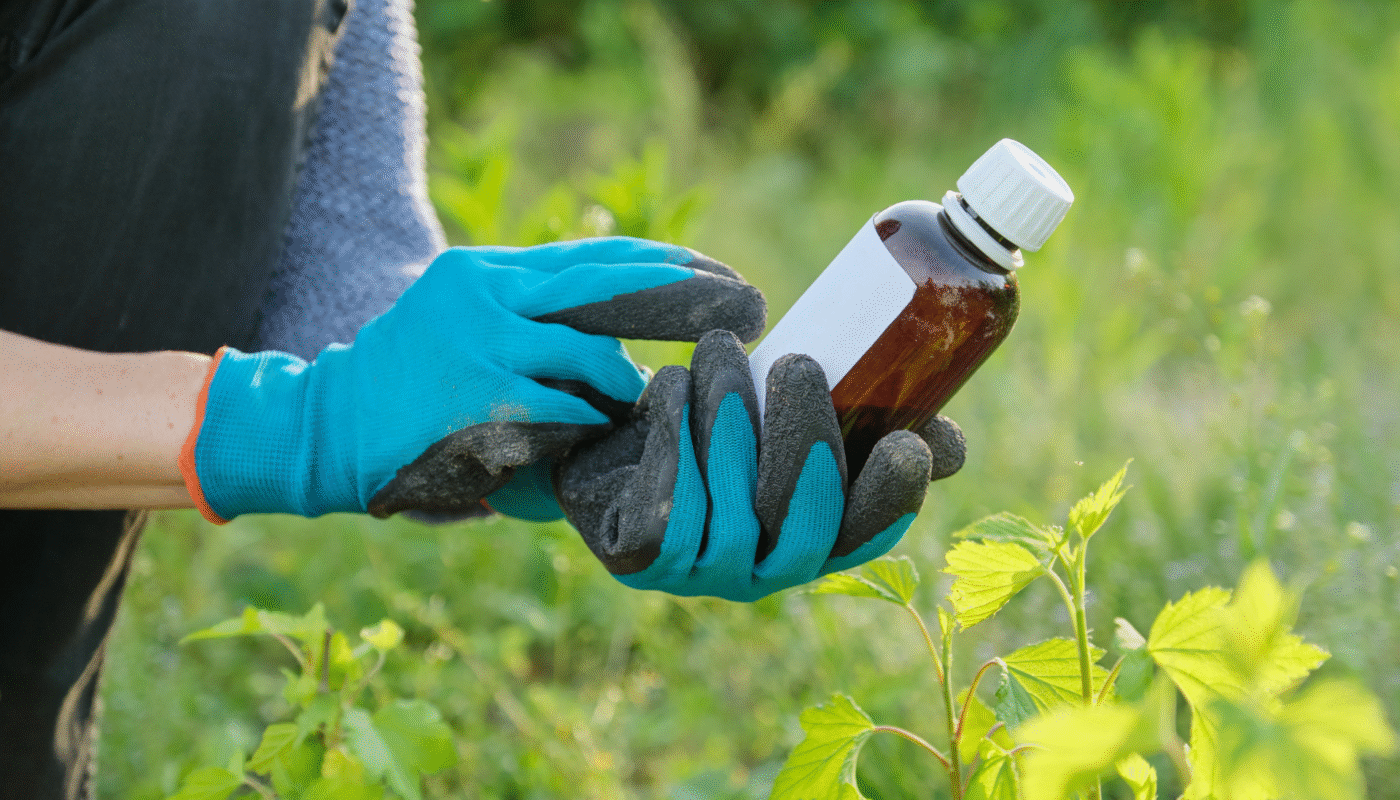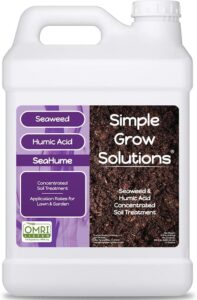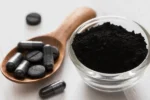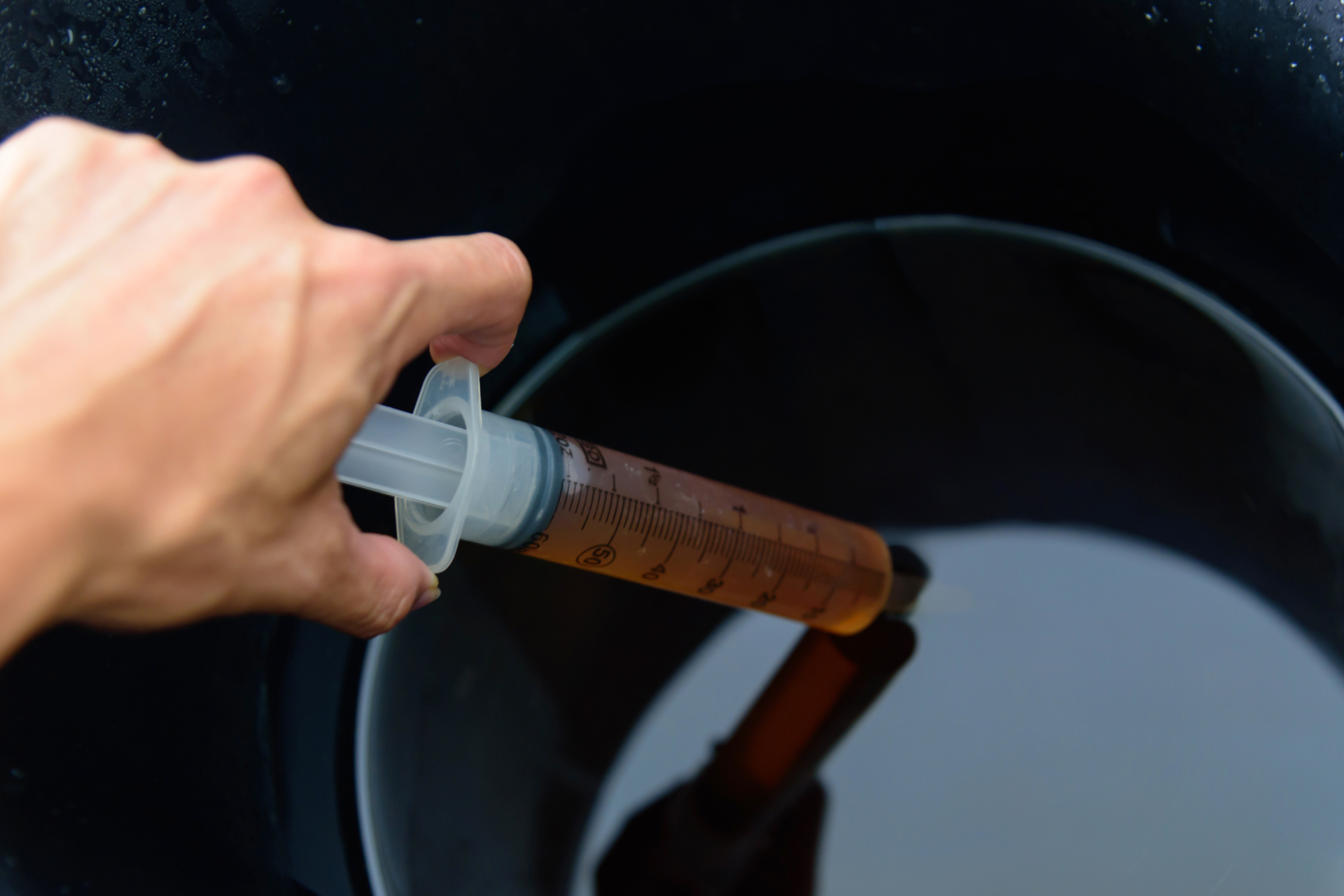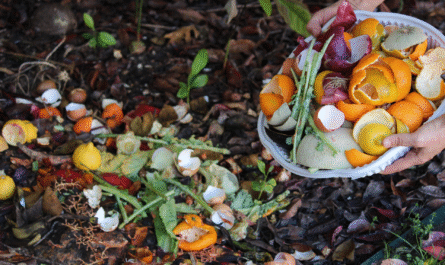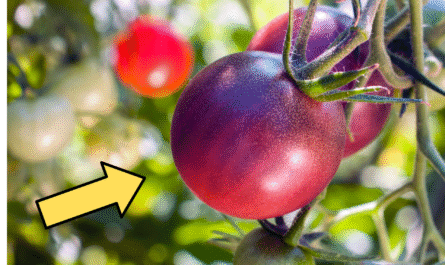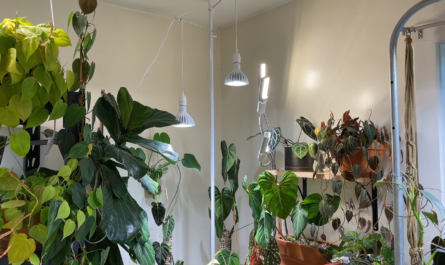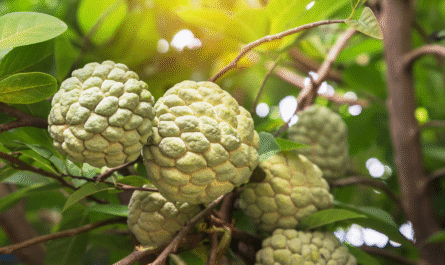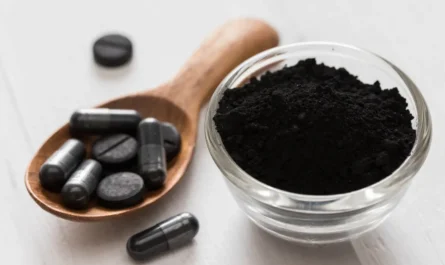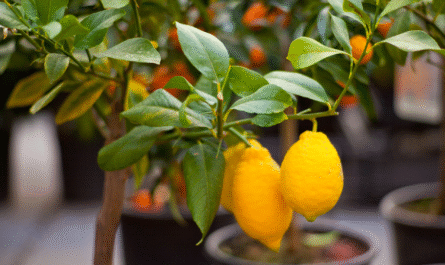When people ask me about the one product I won’t garden without, my answer is always the same: liquid seaweed fertilizer. It’s not the flashiest thing in the shed, but it’s hands-down one of the most powerful tools I use to keep my plants healthy, resilient, and productive.
Over the years, I’ve experimented with all kinds of inputs, synthetic blends, organic teas, fish emulsions, composts, and while each has its place, liquid seaweed has earned a permanent role in my routine.
In this post, I’m going to explain exactly what liquid seaweed fertilizer is, how it works, the benefits I’ve seen firsthand, and when it might (or might not) be right for your garden. If you’re looking to improve your soil biology, strengthen your plants naturally, and take a more holistic approach to fertility, keep reading. This isn’t just hype, this is a genuinely useful, sustainable tool for serious growers.
What Exactly Is Liquid Seaweed Fertilizer?
Liquid seaweed fertilizer is made by extracting nutrients and growth-stimulating compounds from marine algae, usually brown seaweeds like kelp (Ascophyllum nodosum). These massive underwater plants thrive in mineral-rich ocean environments, absorbing nutrients from seawater through their entire surface. When processed correctly, those nutrients can be concentrated into a liquid form that’s easy to apply to soil or directly onto plant leaves.
What sets liquid seaweed apart isn’t just its mineral content (although it does contain trace amounts of potassium, calcium, magnesium, and more). The real magic lies in the natural plant hormones and bioactive compounds it contains, things like cytokinins, auxins, and gibberellins, which regulate growth, cell division, and stress responses in plants. These compounds don’t exist in most traditional fertilizers, and they’re a big part of what makes seaweed so uniquely effective.
Unlike synthetic fertilizers that deliver a quick jolt of nitrogen or phosphorus, liquid seaweed works on a deeper level. It’s not just feeding the plant, it’s influencing how the plant grows and reacts to its environment. It supports the immune system of plants in a way that synthetic products simply can’t replicate. Think of it as a plant tonic, not just a food source.
How Liquid Seaweed Works in the Soil and with Plants
When I apply liquid seaweed to my garden, I’m not just thinking about the plant’s immediate needs, I’m thinking about the ecosystem in the soil. Seaweed stimulates microbial life in the rhizosphere (the soil zone around plant roots), helping beneficial fungi and bacteria flourish. These microbes, in turn, improve nutrient cycling and make minerals more bioavailable. In healthy soil, liquid seaweed acts like a catalyst.
It also improves the root system directly. The hormonal compounds in seaweed encourage root elongation and branching. A stronger root system means better water uptake, more nutrient absorption, and better anchoring in the soil. I’ve watched seedlings double their root mass in just a week or two after a foliar spray or soil drench with liquid seaweed. It’s not subtle, this stuff works.
There’s also a biochemical resilience that seaweed brings. The natural hormones help plants regulate stress better—whether that stress comes from heat, drought, salinity, or pests. You’ll notice plants sprayed with seaweed bounce back faster after transplanting, and they tend to hold up better during hot spells. It’s like giving your plants an immune booster and a mood stabilizer all in one.
Benefits I’ve Seen in My Own Garden
I’ve used liquid seaweed on everything from tomatoes and lettuce to roses, houseplants, and citrus trees. The results are consistently impressive. My tomato plants develop thicker stems and fuller foliage. My leafy greens stay vibrant, even during temperature swings. I’ve seen sickly ornamentals snap back after a dose of seaweed when nothing else seemed to work.
One of the most surprising benefits is how seaweed improves pest and disease resistance. I wouldn’t say it’s a cure-all, but I’ve seen fewer aphids and fungal issues in plants regularly treated with seaweed. The healthier and more balanced a plant is, the less appealing it seems to be to pests. There’s some evidence that seaweed can also stimulate a plant’s production of natural defense compounds like phenols and flavonoids.
And then there’s the matter of yield. I’m not chasing record-breaking harvests, but I do pay close attention to productivity. Plants treated with liquid seaweed generally produce more fruit, more flowers, and better-quality foliage. In my greenhouse trials, peppers and cucumbers fed with a regular seaweed schedule produced earlier and longer than the control groups. That’s not an anecdote, it’s something I can measure.
Comparing Liquid Seaweed to Traditional Fertilizers
Now, let me be clear: liquid seaweed isn’t a complete fertilizer. It contains trace nutrients, not large quantities of nitrogen, phosphorus, or potassium (NPK). If your soil is depleted or your plants are showing signs of major deficiencies, you’ll need to supplement with compost, fish emulsion, or a well-balanced organic fertilizer. Seaweed is a support system, not a full meal.
That said, I don’t treat seaweed as optional, I treat it as essential. It’s not about replacing your main fertilizer; it’s about enhancing everything else you do. I integrate it into my feeding regimen alongside compost teas, worm castings, and organic granular fertilizers. Sometimes I mix it directly with other sprays. Other times I alternate applications. The point is, it works best as part of a bigger system.
Depending on your gardening style, you might use it weekly, bi-weekly, or just at key points in the season—like transplanting, flowering, or recovering from stress. I wouldn’t recommend using it as your only source of nutrients unless you’re working in very fertile soil or with plants that don’t have high demands. But for most gardeners, it’s a missing piece that completes the puzzle.
How and When to Apply Liquid Seaweed Fertilizer
There are two main ways to apply liquid seaweed: as a foliar spray or as a soil drench. I do both. Foliar feeding is incredibly effective because plants absorb nutrients and hormones through their leaves very efficiently. I usually spray in the early morning or evening, avoiding the heat of the day. It’s quick, efficient, and especially useful during flowering or when plants are under stress.
For root-focused support, I use it as a soil drench or mix it into my irrigation water. This is ideal when I’m transplanting, feeding seedlings, or trying to rebuild soil biology. Seaweed doesn’t burn roots, so it’s safe to use even on delicate plants and new seedlings. In fact, it’s one of the only things I trust on plants within days of sprouting.
Timing matters. I find the most benefit when I apply it every 7 to 14 days, depending on the plant and its growth stage. During periods of rapid growth or extreme heat, I’ll increase frequency slightly. Overapplication isn’t usually harmful, but it can be wasteful and unnecessary. Always read the dilution instructions, seaweed products are potent, and a little goes a long way.
Is Liquid Seaweed Fertilizer Right for You?
So, is this the right fertilizer for your garden? That depends on what you’re growing and what kind of gardener you are. If you’re focused on soil health, using organic methods, and looking to improve plant vitality beyond just fast growth, I’d say yes, liquid seaweed is for you. It’s also perfect for container growers, who often struggle with nutrient imbalances and root stress.
On the other hand, if you’re trying to fix major deficiencies or bulk up heavy-feeding crops quickly, seaweed alone won’t cut it. You’ll need stronger NPK support and maybe even some targeted amendments like bone meal, blood meal, or rock phosphate. Seaweed is a great supplement, not a cure-all. It’s the quiet hero of the garden, not the star of the show.
I always recommend trialing it on a small section of your garden first. Observe the results over a couple of weeks. You’ll likely notice deeper green color, sturdier stems, and faster recovery from stress. That’s when you know it’s working. Once you see what it can do, it becomes a no-brainer.
Final Thought
After years of using liquid seaweed across different gardens, climates, and plant types, I can say this with confidence: it belongs in your toolkit. It’s not flashy. It doesn’t promise miracles. But it delivers consistent, reliable support in a way that no synthetic product ever has. And it does it without harming your soil or your ecosystem.
I use it year-round, from seed starting to harvest. I reach for it when plants are struggling, and I use it preventively to keep things on track. It’s one of those quiet, foundational practices that makes everything else work better. If you care about long-term garden health, liquid seaweed deserves a place in your rotation.
Try it, test it, tweak it to your needs. Once you start seeing the difference in plant health and soil vitality, you won’t go back. Sometimes, the simplest tools are the most powerful, and in this case, it comes straight from the sea.
FAQs
Absolutely. It’s gentle enough for seedlings and versatile enough for everything from vegetables to houseplants. Just follow dilution guidelines, especially for foliar sprays, and avoid applying during the hottest part of the day. Once every 1–2 weeks is typical, but frequency can vary based on plant type and growth stage. During stress or flowering, more frequent applications may help. Just don’t overdo it, seaweed is potent even at low doses. It won’t replace pest control or fungicides, but it can make plants more resilient and less prone to issues. Healthier plants naturally resist pests and diseases better, and some studies suggest seaweed can boost internal plant defenses. Most commercial seaweed products have a shelf life of 1–2 years if stored in a cool, dark place. Shake well before use, and always check for signs of spoilage like foul odors or separation. Is liquid seaweed safe for all plant types?
How often should I apply liquid seaweed fertilizer?
Will it help with pest or disease problems?
What’s the shelf life of store-bought liquid seaweed?

